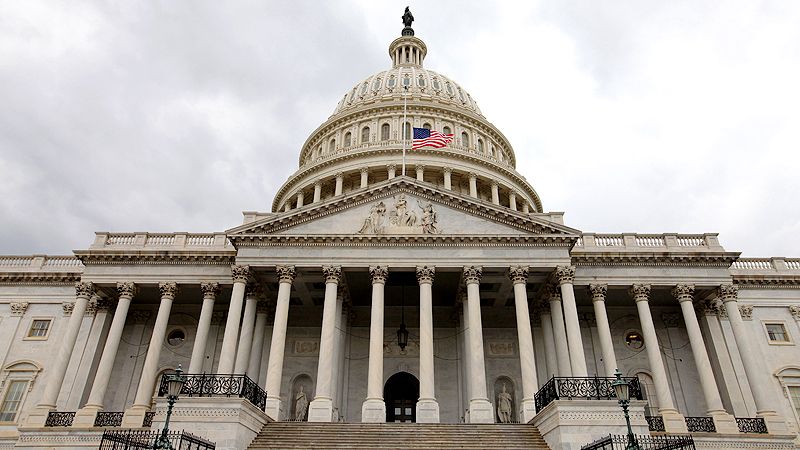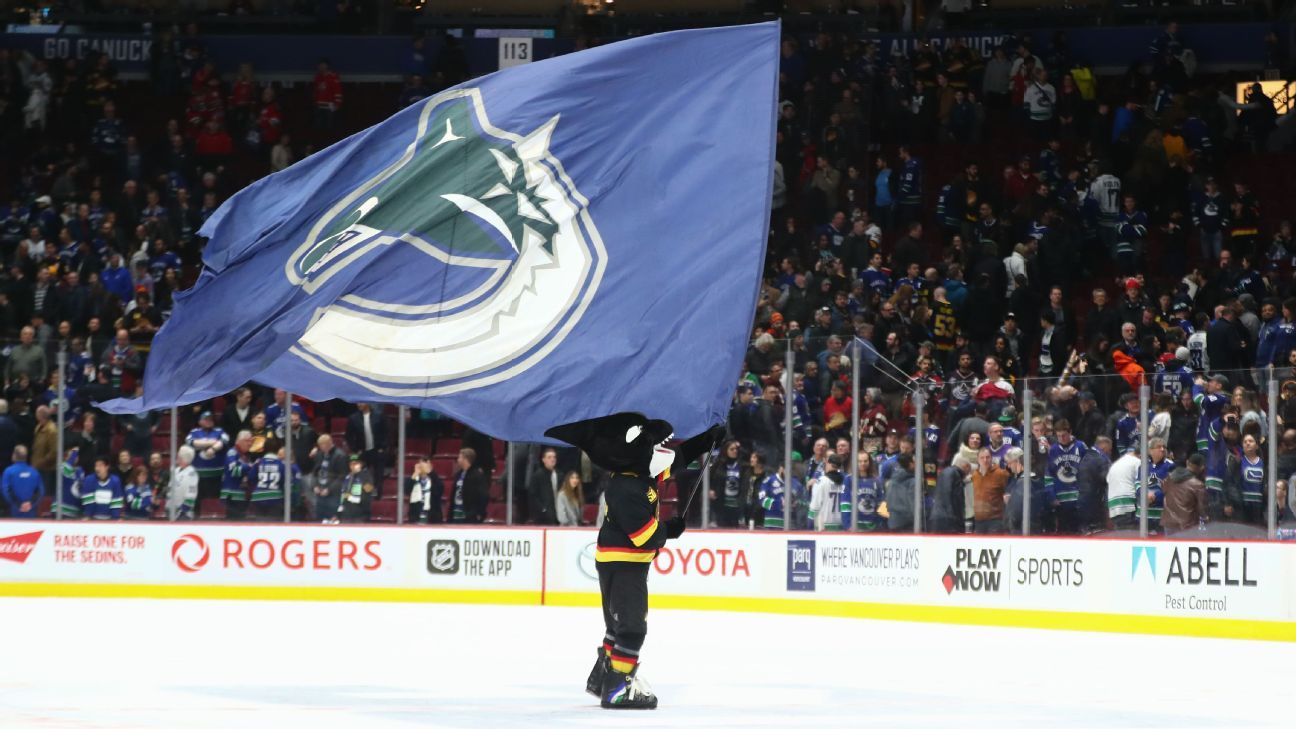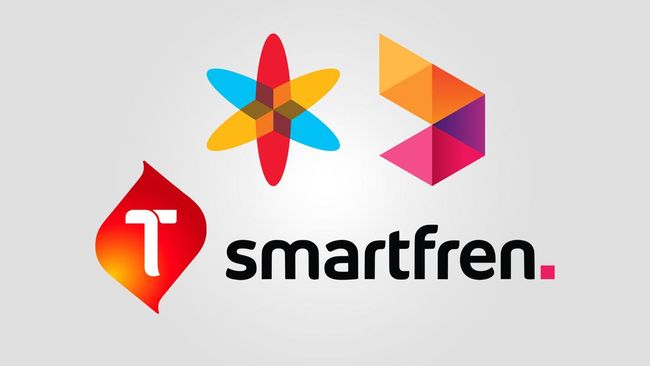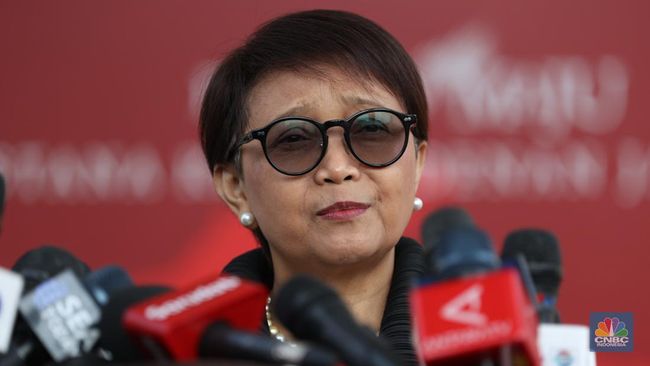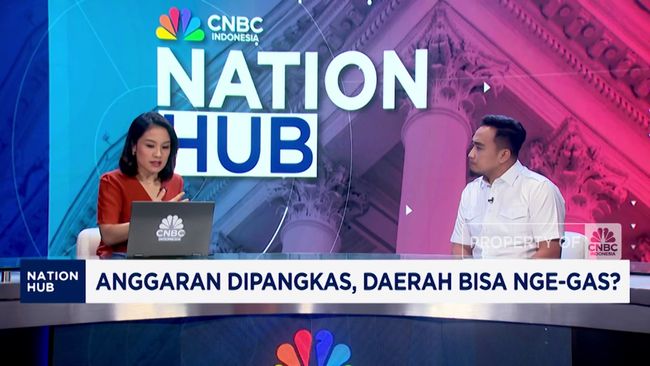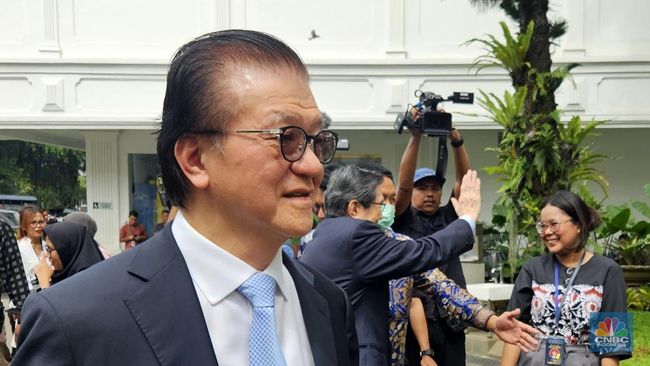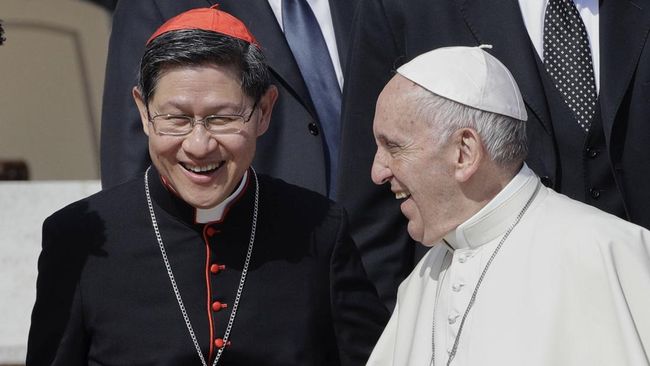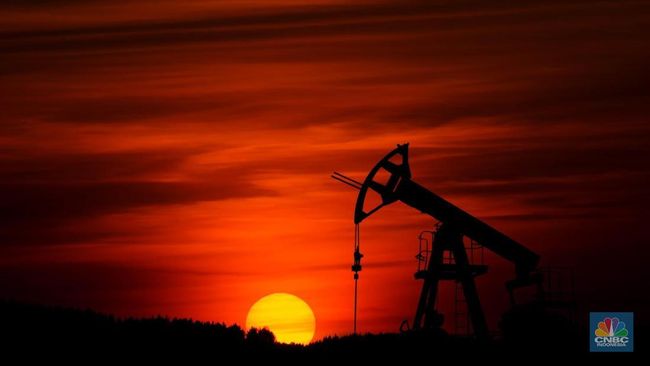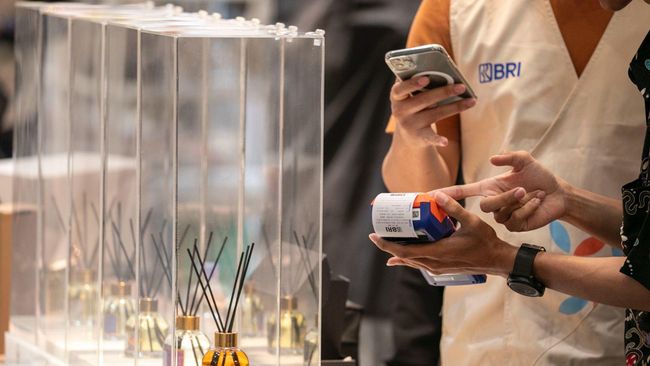
Dan GrazianoMay 14, 2025, 06:45 AM ET
- Dan Graziano is a senior NFL national reporter for ESPN, covering the entire league and breaking news. Dan also contributes to Get Up, NFL Live, SportsCenter, ESPN Radio, Sunday NFL Countdown and Fantasy Football Now. He is a New Jersey native who joined ESPN in 2011, and he is also the author of two published novels.
No, the NFL offseason is not over quite yet. There are still four months until the 2025 regular season opens. There are still a few big-name free agents kicking around. And there are still trades to be made.
But the main player-acquisition portions of the offseason have come and gone. Free agency and the draft are where most of the big moves happen, and once they're over, fans start to get a little bit jittery about the questions their teams' rosters still have to answer.
So we're looking closer at 10 of those still-unanswered questions. This is for the teams whose fan bases might be thinking along the lines of, "Yeah, those moves were cool, but what are we doing about _____?" Here, we attempt to answer your questions about what your team didn't do this offseason -- and why.
Jump to:
ATL | BUF | CHI | CIN | DAL
DET | HOU | LAR | MIA | PIT

![]()
Why didn't the Falcons move on from Kirk Cousins?
With Atlanta set to start Michael Penix Jr. at quarterback this season, Cousins surely would have enjoyed the opportunity to become a free agent and find a team that offered him a chance to start. But the Falcons did not release Cousins ahead of free agency, even allowing a $10 million 2026 roster bonus in his contract to become guaranteed when he was still on their roster five days into the new league year. They also did not trade him before or during the draft.
As of now, Cousins is scheduled to earn $27.5 million in fully guaranteed salary this season as Penix's backup. And any team that acquires him at this point would have to pay him that money, plus the $10 million roster bonus next spring.
So why didn't the Falcons cut bait here? Stubbornness likely had something to do with it. They signed Cousins for $100 million in guaranteed money 14 months ago, and team ownership wasn't thrilled about the idea of releasing him after doling out all that money for 14 not-so-great games in 2024. And when it came time to talk trade, the Falcons were asking interested teams to pay a significant portion of that remaining $37.5 million in guaranteed money. That meant those teams weren't offering the Falcons a return that Atlanta deemed worthwhile.
So at this point, the Falcons maintain that they're comfortable with Cousins as a $27.5 million backup. Sure, his salary cap number is $40 million, but Penix's is only $5.2 million. If you add those two figures together, it's not a ridiculous amount to allocate to the most important position. Cousins could still end up traded before the season. If Aaron Rodgers decides he doesn't want to play for the Steelers, Pittsburgh could get interested. If another team's starter gets hurt in minicamp or training camp, a fresh market could emerge.
But given the way the offseason has gone, it's probably time we took the Falcons at their word when they say they're fine keeping Cousins as the backup in 2025.
![]()
Why didn't the Cowboys do more at running back?
Only five teams rushed for fewer yards in 2024 than Dallas (1,705), and the team's six rushing touchdowns ranked last in the league. The retirement of longtime interior offensive line standout Zack Martin isn't likely to help the Cowboys improve their rushing attack. They also let last season's leading rusher, Rico Dowdle, leave in free agency when they surely could have topped the one-year, $2.75 million deal he got from Carolina.
Dallas did sign a couple of reclamation projects in free agency in former Eagles/Panthers back Miles Sanders and former Broncos back Javonte Williams. Then it drafted Texas' Jaydon Blue in the fifth round and Clemson's Phil Mafah in the seventh. So you can't say the Cowboys did nothing at the position.
The answer to the question really has to do with Dallas' current position on running back value relative to other positions on the roster. The Cowboys are paying Dak Prescott more than any other quarterback in the NFL. CeeDee Lamb makes more than all but two other wide receivers. And Dallas is probably about to pay edge rusher Micah Parsons more than any other defensive player. The front office has to find ways to cut salary cap costs.
Over the past couple of years, the Cowboys have made it clear that they intend to find bargains at running back. Dowdle's journey from the middle of the depth chart to a 1,000-yard rushing season in 2024 supports their idea that they can find production at RB without spending big. Williams got one year and $3 million, while Sanders got one year and $1.34 million. Sanders was a Pro Bowler who rushed for 1,269 yards with the Eagles in 2022, while Williams was an explosive tackle-breaker before tearing an ACL in October of that 2022 season. Williams is also still only 25 years old.
1:46
Why Stephen A. still isn't feeling good about Cowboys' chances in NFC East
Stephen A. Smith explains why the George Pickens trade doesn't move the Cowboys up in the NFC East.
Especially for the prices they paid, the Cowboys believe these are exactly the kinds of chances they should be taking at the position, and that one of Williams, Sanders, Blue and Mafah will emerge the way Dowdle did last season. So I wouldn't necessarily get my hopes up about the possibility of Dallas signing Nick Chubb or J.K. Dobbins. Never say never, but in talking to sources familiar with this situation, I don't get the sense that the Cowboys are desperate to add to their RB group.
![]()
Why didn't the Bengals extend Trey Hendrickson?
As with a lot of these, it's important to note that they still might do something. The Bengals have worked on finding common ground with last season's NFL sack leader (17.5) on a contract extension this offseason. But unlike wide receivers Ja'Marr Chase and Tee Higgins, who got big extensions in March, Hendrickson is still waiting on a deal.
Bengals executive vice president Katie Blackburn told reporters at the owners' meetings in March that Hendrickson "should be happy at certain rates that maybe he doesn't think he'd be happy at," which certainly indicates that the team and the player still don't see eye-to-eye on his value. Hendrickson called the comments "a little disappointing." He took his frustrations public again this week, telling ESPN's Adam Schefter there has been no communication from the team on this since before the draft.
Historically, the Bengals have refused to put future-year guarantees in veteran contracts. Ironically, this is the main reason Hendrickson became a Bengal in the first place. During free agency in 2021, Cincinnati tried bringing back edge rusher Carl Lawson, but he left for the Jets because they guaranteed second-year money. Cincinnati instead signed Hendrickson because he was OK with its contract structure.
The Bengals' long-held rule was to guarantee no money outside of the first year -- specifically, the signing bonus. They broke this rule for quarterback Joe Burrow a couple of years ago and broke it again this year for Chase and Higgins. I don't know for a fact that future-year guarantees are the holdup in Hendrickson's deal, but it's a fair assumption to make based on what I've heard from sources.
And if you're wondering why it would be a holdup for Hendrickson when it wasn't for Burrow, Chase and Higgins, the answer is age. Burrow, Chase and Higgins were all 26 years old at the time of their contract extensions. Hendrickson is 30. For a team that absolutely hates to guarantee money in future years, it's a lot easier to diverge from those principles if said years are the player's age-27 and -28 seasons, rather than his age-31 and -32 years.
There's still a decent chance Hendrickson ends up on the Bengals' 2025 roster. But it has been ugly getting there so far, and it appears there's a decent chance this could end in a training camp holdout. He said Tuesday that he won't play for the Bengals this season under his current contract, so something has to give.
1:10
Graziano: Bengals believe they've made fair offers to Trey Hendrickson
Dan Graziano reports the latest on the contract saga between Trey Hendrickson and the Bengals.
![]()
Why didn't the Steelers take quarterback more seriously?
The Steelers let the two quarterbacks who started games for them last season -- Russell Wilson and Justin Fields -- leave as free agents for not-outrageous money. They brought back Mason Rudolph, who started 13 games for them across five seasons from 2019 to '23. They also signed former Dolphins backup Skylar Thompson and drafted Ohio State's Will Howard in the sixth round.
GM Omar Khan has made it clear the Steelers intend to go to camp with their usual four quarterbacks, which means one spot is open. The Steelers have had discussions with Aaron Rodgers, but as of now, they are still waiting for him to decide whether he wants to play at all, let alone for them. The investment Pittsburgh made in wide receiver DK Metcalf -- trading a second-round pick to the Seahawks and then signing him to a four-year, $132 million contract extension -- has justifiably led many to wonder why the Steelers didn't attack the QB position harder in free agency or the draft.
But in talking to sources about this situation, I don't get the sense the Steelers are as concerned about their quarterback room as everyone else. First of all, they remain optimistic that Rodgers will sign and be their starter, and that he'll play better than he did last season for the Jets now that he's one year further removed from his 2023 Achilles injury. Second of all, they like Rudolph and have fresh memories of him saving their 2023 season and leading them to the playoffs when 2022 first-round pick Kenny Pickett struggled.
Going into the draft, the Steelers believed they needed to find their long-term answer at quarterback in one of the next two drafts -- not necessarily in this one. And like many other teams, they believe the 2026 class will have more to offer at the position than 2025 did. So they didn't want to force an early-round pick and find themselves in a similar position to the one the Pickett pick put them in.
It's an interesting strategy in a league in which teams tend to fall all over themselves to overspend and over-insure at the position (hello, Falcons!). But if the Steelers believe in their defense and their run game, they don't think they need superstar production out of the quarterback position to have success in 2025. Better to wait and get the right guy than to panic and end up with the wrong one.
![]()
Why didn't the Bills add a star wide receiver?
Buffalo has had, in the estimation of most people I talk to around the league, an excellent offseason. It concentrated on getting several of its core players -- such as Khalil Shakir, Terrel Bernard, Christian Benford and Greg Rousseau -- signed to long-term extensions. It added veterans Joey Bosa and Larry Ogunjobi to supplement the defensive front. It used its first-round pick on speedy Kentucky cornerback Maxwell Hairston and spent the next three rounds stacking defensive linemen. The Bills are a five-time defending AFC East champion coming off a 13-win season and an AFC Championship Game appearance, so it's hard to argue that they needed to do very much.
Yet after trading away Stefon Diggs last offseason and getting very little from deadline acquisition Amari Cooper in the second half of 2024, the Bills' refusal to play big in the wide receiver market continues to confound fans who want a big-time playmaker for quarterback Josh Allen. Free agent signings such as Joshua Palmer, Elijah Moore and Laviska Shenault Jr. offer veteran stability and upside -- but none have star power in a league in which big-play passing is carrying the day.
There are several teams around the NFL, though, that think the receiver market has grown too much -- upward of $30 million per year for the top guys -- and don't want to follow it there. The Bills, as last offseason's Diggs trade indicates, are one of those teams. The number of talented receivers who enter the draft every year means teams can now find good production on cheap rookie deals.
The Bills would point out that they used the 33rd pick of last year's draft on Keon Coleman, a player they expect to make a second-year jump in 2025. Shakir, meanwhile, caught 76 passes for 821 yards and four touchdowns last season and just turned 25. They also expect to get more out of 2023 first-round tight end Dalton Kincaid, and they like to throw to their running backs. Buffalo finished second in the NFL in points per game last season (30.9) without a star wideout, and as GM Brandon Beane pointed out in a postdraft radio appearance, that should offer fans some comfort and confidence that the team knows what it's doing.
![]()
Why didn't the Lions bring in a big-time edge rusher to pair with Aidan Hutchinson?
One of last season's best teams somehow managed only 37 sacks (tied for 23rd). Worse, 20% of the Lions' sacks came from Hutchinson (7.5), who got injured in the fifth game and didn't play again. There's a fairly universal recognition that, even once he's healthy from a broken leg, Hutchinson is going to need some help if the Lions want to field a pass rush befitting a 15-2 team with Super Bowl aspirations.
They still have Marcus Davenport -- who tore a triceps muscle in Week 3 and missed the rest of the season -- opposite Hutchinson, but they largely sat out the position in free agency. And with players such as Nic Scourton and Donovan Ezeiruaku still on the board at No. 28, the Lions selected defensive tackle Tyleik Williams with their first-round pick in the draft. Their lone edge-rusher pick came in Round 6 with Ahmed Hassanein.
With Hutchinson and many other Lions stars due for contract extensions soon, Lions GM Brad Holmes has pointed out that big free agency spends at premium positions are going to be tough for Detroit. The free agent edge-rusher market also wasn't great. The biggest contracts went to the likes of Josh Sweat, Chase Young and Harold Landry III. The one-year prove-it deals went to players such as Haason Reddick, Joey Bosa and Leonard Floyd. Could (or should) the Lions have tried to outbid teams for those defenders? Perhaps. But again, they have to think about using their cap dollars to keep their excellent core together over the next couple of offseasons.
Holmes also said the team tried to trade up in the first round for an edge rusher but was unable to make it happen. And when it came time for the Lions to pick, they opted for the best player on their board -- as they always do when they don't trade. If a team's biggest current problem is trying to figure out how to pay all of the excellent players it has drafted over the past four or five years, it probably deserves the benefit of the doubt when it comes to the draft.
![]()
Why didn't the Rams try to address their future at quarterback?
This offseason began with the real possibility of the Rams losing quarterback Matthew Stafford over a contract dispute. Stafford eventually decided to stay in L.A., but he's 37 years old, and his status appears to be year-to-year. The Rams brought back Jimmy Garoppolo as his veteran backup, and they still have 2023 fourth-round pick Stetson Bennett. But in a situation where they could need a Stafford replacement as early as 2026, they do seem to be operating without a net at the most important position.
So, why not draft one? Well, I mentioned this with the Steelers earlier, but teams didn't think very highly of this year's crop of draft quarterbacks. Forcing a pick on a quarterback of the future whom you don't feel great about isn't the best path for a defending division champion that sees itself as a Super Bowl contender.
And remember, the Rams came away with an extra 2026 first-round pick as a result of their draft night trade with the Falcons. So, if next year's group of draft quarterbacks is, as most teams seem to expect, better and deeper than this year's, the Rams have the resources they might need to maneuver in the early rounds and address this situation in 2026.
![]()
Why didn't the Bears add a big-name running back?
When Chicago hired former Lions offensive coordinator Ben Johnson as its new coach, many people began fantasizing about him replicating Detroit's run game with his new team. The Lions have crushed opponents in recent seasons with a one-two running back punch of David Montgomery and Jahmyr Gibbs. And after the Bears beefed up the interior of their offensive line in free agency, mock drafts bent over backward to find a way to get Boise State running back Ashton Jeanty to Chicago to form a similar thunder-and-lightning duo with D'Andre Swift.
Picking at No. 10, the Bears couldn't get Jeanty; he went to the Raiders at No. 6. When the time came for the Bears to pick, they selected a different offensive skill player in Michigan tight end Colston Loveland. In fact, they didn't pick a running back until the seventh round (Rutgers' Kyle Monangai), nor did they add to their running back room in free agency. At this point, the Bears appear to be running it back with Swift, Roschon Johnson, Travis Homer and a seventh-round rookie -- even after Chicago's 4.0 yards per carry tied for third worst in the NFL last season.
Last year's free agent running back class was unique, with the likes of Saquon Barkley and Josh Jacobs headlining it. Teams acted on that by signing backs to contracts larger than they'd been getting in recent years. It was a value proposition. The deals still weren't massive compared to other positions, and the talent level dictated that it was worth stretching a bit to get one of these guys. The Bears joined in, signing Swift to a three-year, $24.5 million deal that still includes $7.39 million in guaranteed salary this season.
However, the 2025 free agent RB class was not on the same level. Only Ty Johnson (Buffalo) and Samaje Perine (Cincinnati) got two-year deals; everyone else got a one-year contract. The biggest deal was the one-year, $5.25 million deal that Najee Harris signed with the Chargers. In the Bears' estimation, free agency didn't offer them the chance to build out a lethal Montgomery/Gibbs-style pairing, and after Jeanty, neither did the first round of the draft.
2:00
Why Marcus Spears likes Bears' rebuild
Marcus Spears and Jason McCourty praise the Bears' offseason and state that it's time for Caleb Williams to step up to the plate.
There's also more than one way to build a reliably explosive Ben Johnson offense, and the early-round additions of Loveland and Missouri wide receiver Luther Burden III to an already strong group of Bears pass catchers offer plenty of reason to get excited about Caleb Williams' options in the pass game. The offensive line changes should benefit Swift, too. There are still some interesting running backs sitting out there on the free agent market, but with only one football to go around, it feels like Bears fans maybe shouldn't be getting greedy.
![]()
Why didn't the Dolphins do more to address the cornerback position?
Jalen Ramsey is technically still on the roster, but Miami has been open and public about its efforts to find a trade partner for him. It does not appear he's in the Dolphins' plans for 2025. That leaves Kader Kohou as their only remaining starter from 2024 at the position. Outside of well-traveled veteran Artie Burns, they didn't really address it in free agency until they signed Kendall Sheffield off a tryout a few days ago. Florida's Jason Marshall Jr. was the team's only addition at cornerback in the draft -- in the fifth round.
So in a league that basically requires three starting cornerbacks, the Dolphins currently have one surefire starter and a bunch of question marks.
The Dolphins went into the draft knowing this was a need, but their decision-makers believed this was an especially deep group of corners and that they could find a gem or two if they waited until the later rounds. Miami likes Marshall a lot and believes it might have gotten good value where it drafted him due to the injury issues that limited him in his final college season. The Dolphins are also expecting 2023 second-round pick Cam Smith to take a leap forward this offseason. Smith has been a disappointment since the Dolphins took him 51st two years ago, and GM Chris Grier has cited him publicly this offseason as a player they expect to count on.
Miami is another one of these teams that's heavily leveraged financially at positions like quarterback and wide receiver. Therefore, it needs to find some lower-cost solutions at other positions. Cornerback is the most glaring of those. But the Dolphins hope that their current roster offers some avenues for finding high-level production at low-level cost.
![]()
What didn't the Texans make bigger improvements to the offensive line?
Houston quarterback C.J. Stroud was sacked 52 times in the 2024 regular season -- more than every other quarterback in the league except Caleb Williams. He took three more sacks in a first-round playoff victory over the Chargers and eight -- yes, eight -- more in a second-round playoff loss to the Chiefs.
Knowing they desperately needed to improve their pass protection, the Texans kicked off their offseason by trading away Pro Bowl left tackle Laremy Tunsil to Washington. They made several veteran additions, including guards Laken Tomlinson and Ed Ingram and tackles Cam Robinson and Trent Brown, and they drafted Minnesota tackle Aireontae Ersery in the second round. It surprised a lot of fans that the Texans didn't do more in the draft to address the O-line, particularly in the first round. Sources say Houston tried a couple of times to trade up for an offensive lineman but could not make it work.
Overall, the Texans made a lot of changes on offense, including parting ways with offensive coordinator Bobby Slowik and offensive line coach Chris Strausser. They felt things were going badly enough with the line that any changes they made would be justified, including the surprising decision to move on from Tunsil. But they also believe they have some potential answers to the questions that linger from last season and the offseason.
Houston could move Tytus Howard from left guard to left tackle and play 2024 second-round pick Blake Fisher at right tackle. It's possible Ersery shows enough in camp to earn one of the two starting tackle spots, as well. And the Texans expect Tomlinson to be able to play left guard and Juice Scruggs to battle Ingram for the right guard spot. The hope is to create as much competition as possible along the line so that the best combination of five emerges and the atmosphere around the group is more conducive to success than last year. New offensive coordinator Nick Caley will also put his stamp on the unit as he installs his new offense.
So, while fans might be disappointed that the Texans didn't take an offensive lineman in the first round to replace Tunsil, they do seem to have a plan -- and they figure the line can't get much worse than it already was.

 8 hours ago
4
8 hours ago
4

